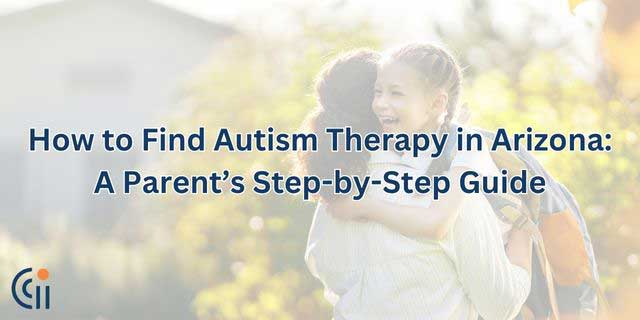Sensory integration is a crucial yet often overlooked aspect of Applied Behavior Analysis (ABA) therapy. Navigating the world can be overwhelming for individuals with sensory processing difficulties, such as those with autism spectrum disorder (ASD) or sensory processing disorder (SPD). Sensory integration techniques within ABA therapy provide a pathway toward managing and thriving amidst these challenges. Let’s delve into how Circle City ABA harnesses the power of sensory integration within our ABA therapy programs to foster growth and empowerment.
Understanding Sensory Integration:
Sensory integration therapy is a cornerstone of ABA therapy, particularly for children with autism. It revolves around helping individuals process and respond effectively to sensory stimuli in their environment, whether it’s the feel of clothing against our skin, the sound of a passing car, or the taste of food. For many individuals, this process occurs seamlessly, but for some, particularly those with sensory processing difficulties, it can be a significant hurdle, impacting their ability to engage in daily activities, communicate, and interact with others.
The Role of ABA Therapy:
ABA therapy, renowned for its evidence-based approach to understanding and modifying behavior, recognizes the pivotal role of sensory integration in overall functioning. By addressing sensory challenges, Board Certified Behavior Analysts (BCBAs) can help individuals build essential skills for daily life, communication, and social interaction.
Key Strategies in Sensory Integration:
- Desensitization: Gradual exposure to sensory stimuli helps individuals become more tolerant and less reactive over time.
- Sensory Diet: Tailored plans of sensory activities, such as brushing, swinging, or deep pressure techniques, provide individuals with targeted sensory input to regulate their responses.
- Environmental Modifications: Adjustments to the environment, such as minimizing sensory triggers or providing sensory-friendly spaces, create a supportive backdrop for learning and engagement. Recognizing the impact of the environment on sensory experiences, Circle City ABA makes thoughtful adjustments to create sensory-friendly spaces. This may involve minimizing distractions, providing sensory tools and equipment, or creating calming corners where children can retreat when feeling overwhelmed.
- Self-Regulation Techniques: Teaching individuals strategies for self-regulating their sensory experiences empowers them to manage challenges independently. Deep breathing exercises, mindfulness techniques, or sensory tools like fidget toys can be invaluable in this regard.
- Functional Communication: Helping individuals express their sensory needs and preferences fosters understanding and support from caregivers and peers. Simple verbal cues or picture cards can serve as practical communication tools.
The Impact of Sensory Integration:
The benefits of sensory integration extend far beyond mere comfort. By enhancing individuals’ ability to process sensory information effectively, ABA therapy promotes improved attention, self-regulation, and participation in daily activities. Moreover, it lays the groundwork for meaningful social connections and enhanced quality of life.
Your ABA Journey with Circle City ABA
In the intricate tapestry of ABA therapy, sensory integration emerges as a vital thread, weaving together essential skills for individuals with sensory processing difficulties. Through targeted interventions and personalized strategies, our BCBAs empower individuals to navigate the sensory landscape with confidence and resilience. By integrating sensory-focused interventions into our ABA therapy programs and collaborating closely with families, Circle City ABA creates a nurturing environment where individuals can thrive. Sensory integration isn’t just a therapy technique; it’s a pathway toward understanding, acceptance, and empowerment for individuals with sensory processing difficulties.
Contact our admissions team for more information on our services and how we can support you and your child. Find a location near you! We serve Arizona, Georgia, Indiana, Iowa, and Nebraska.


